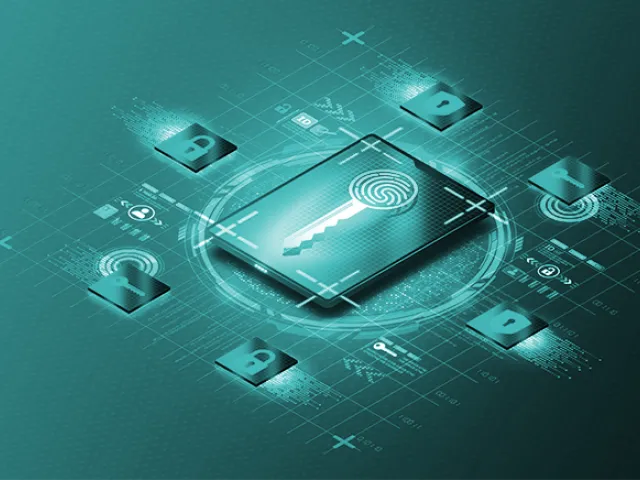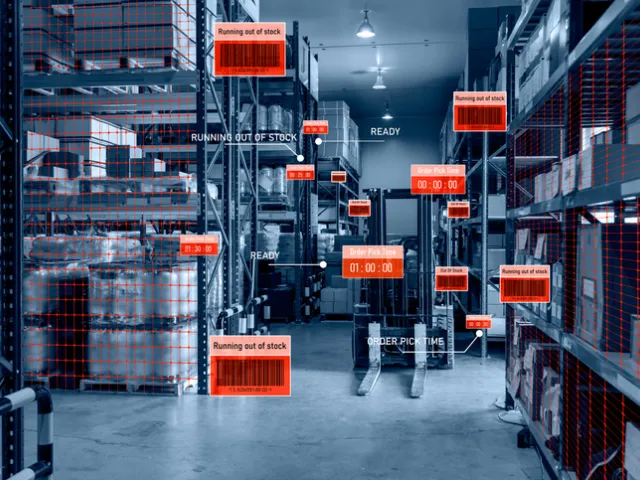Table of contents
Overview
The SOM ESM Country Clearance transaction is an XML-based message used to document the internal review and approval of serialized pharmaceutical products for customs clearance and shipment into specific countries. Working in conjunction with Enterprise Serialization Management (ESM) platforms, this transaction supports GS1 EPCIS 1.2 standards and ensures that products meet country-specific regulatory policies and internal compliance rules before crossing borders.
With TraceLink’s OPUS Platform and B2N Integrate-Once™ architecture, the SOM ESM Country Clearance transaction enables secure, traceable clearance decisions that help companies manage import/export compliance, mitigate diversion risk, and maintain global serialization integrity.
Key Use Cases
- Document internal approval to ship serialized products into specific countries.
- Ensure compliance with customs clearance policies.
- Prevent unauthorized or non-compliant shipments before they leave the facility.
- Provide traceable audit records for global track and trace and serialization programs.
- Integrate clearance decisions with ERP, WMS, and logistics systems.
Data Elements Included
An EPCIS 1.2 – SOM ESM Country Clearance transaction includes:
- Event Type: ObjectEvent representing the clearance decision.
- Serialized Product Identifiers (EPCs): SGTINs for each unit reviewed.
- Event Time and Time Zone: Timestamp of the clearance decision.
- Read Point: Physical or virtual location where the clearance was executed.
- Business Location: GLN of the reviewing site or export facility.
- Disposition: Status of the product (e.g., “cleared_for_export”, “hold_for_review”).
- Country Code: Destination country for which clearance is being granted or denied.
- Clearance Result: Pass/fail or approved/held outcome.
- Reason Code (if applicable): Explains clearance holds (e.g., “volume_threshold_exceeded”).
- Digital Signature (optional): For regulatory-grade integrity.
- Audit Reference ID (optional): Internal reference for compliance tracking.
Benefits of EPCIS 1.2 – SOM ESM Country Clearance
- Ensures compliance with country-specific customs import/export export regulations before shipment.
- Provides secure, auditable documentation of clearance decisions.
- Prevents unauthorized or non-compliant product movement across borders.
- Integrates with serialization, ERP, and logistics systems to enforce clearance before shipping.
- Improves global compliance visibility through centralized dashboards and reporting.
Business Process: EPCIS 1.2 – SOM ESM Country Clearance
The SOM ESM Country Clearance transaction is a key component in the pre-shipment compliance workflow for international product distribution. It typically occurs after:
- Sales order is flagged for country-specific review based on volume, destination, or product type.
- Serialized units are selected and evaluated for country-specific clearance.
- SOM ESM Country Clearance (EPCIS 1.2) is triggered to record the approval or hold decision.
- Products are either released for shipment or held for further review.
- TraceLink logs the clearance decision for audit and regulatory inspection readiness.
How TraceLink Supports EPCIS 1.2 – SOM ESM Country Clearance
TraceLink’s OPUS Platform, powered by B2N Integrate-Once™, enables secure, centralized clearance workflows by:
- Triggering country-specific clearance checks based on product, volume, and destination.
- Capturing EPCIS 1.2-compliant clearance decisions for serialized units.
- Distributing clearance status to ERP, WMS, and compliance systems.
- Providing dashboards and audit logs for country-specific customs import/export tracking.
- Ensuring secure, standards-based data exchange with full traceability and integrity.
Explore More Serialization & Compliance Capabilities
- SOM ESM Sales Shipment (EPCIS 1.2) – Record serialized shipments.
- SOM ESM Sales Shipment (TL XML) – Record serialized shipments.
- SOM ESM Receipt (EPCIS 1.2) – Confirm serialized product receipt.
- SOM ESM Receipt (TL XML) – Confirm serialized product receipt.
- SOM ESM Decommission (EPCIS 1.2) – Deactivate flagged serialized units.
Need Help Implementing EPCIS 1.2?
Contact Us to learn how our OPUS Platform and B2N Integrate-Once™ model can help you automate country-specific clearance workflows, enforce customs import/export compliance, and maintain traceability across your global life sciences and healthcare supply chain.








